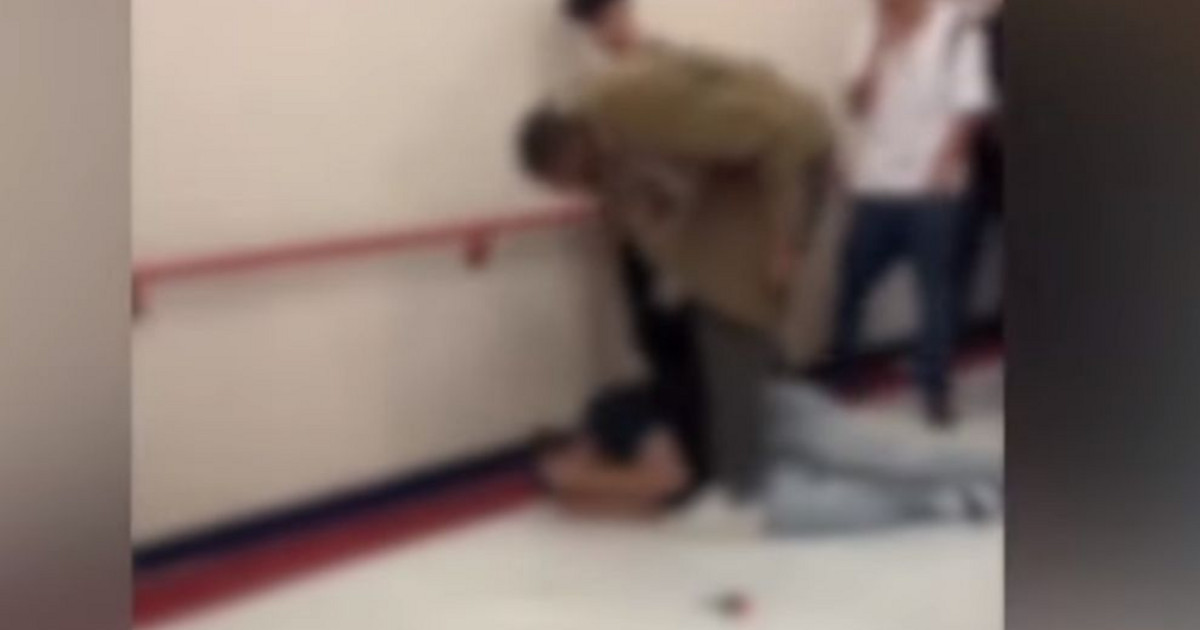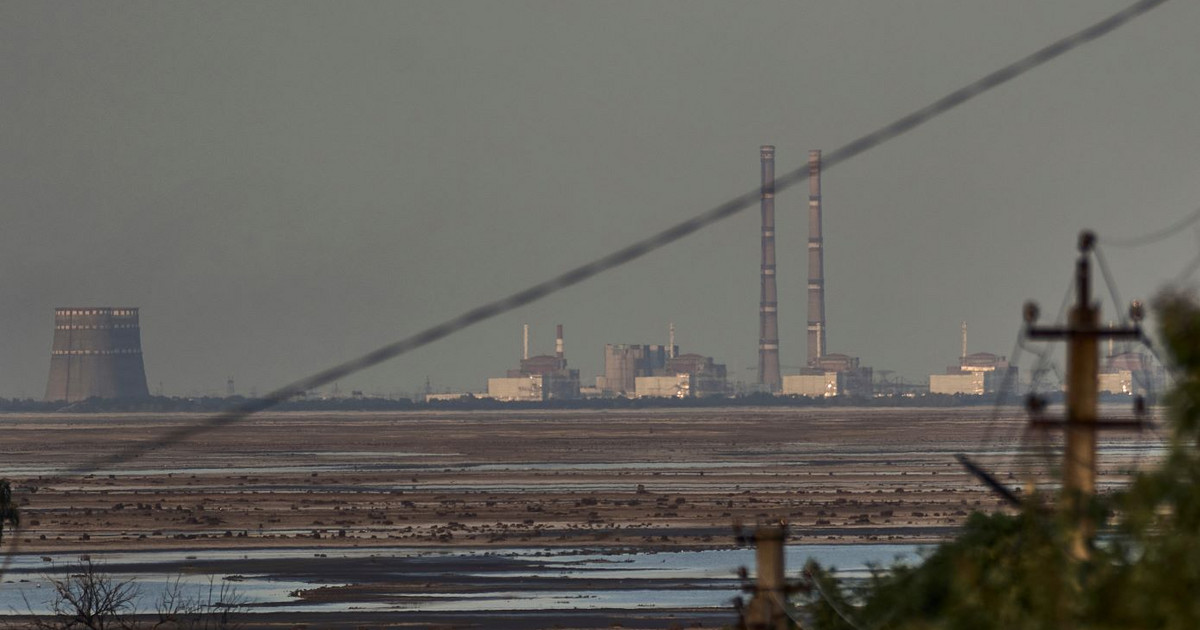A 0.1% left of the Gross Domestic Product (START) of Brazil in the third quarter points to a growth scenario in 2021 closer to 4% than 5%, according to specialists consulted by CNN Brasil Business this Thursday (2).
The result in the last quarter characterized a technical recession, with two consecutive quarters of retreat, and was mainly impacted by the fall in the agribusiness, 8%, but the data for services and industry were also not encouraging, and indicate a scenario of economic slowdown amidst a rise in the inflation and the interest rate.
In addition to reducing expectations for 2021, bringing growth expectations closer to 4% than 5%, the result for the third quarter also points to a more stagnant year in 2022, with growth close to 0%. There is also a risk that the country is on the call stagflation, combination of high inflation and a non-growth economy.
Third quarter results
Sérgio Vale, a partner at MB Associados, says that the 0.1% drop was an “expected result”, and points out that the Brazilian economy is going through stagnation, without being able to maintain the recovery movement from the effects of pandemic.
The analysis is similar to that of professor Juliana Inhasz, from Insper, who cites a very low economic dynamism in recent months, “despite an upturn in employment with temporary vacancies at the end of the year”.
The great difficulty, according to the professor, has been to resume economic activity, which occurs due to high inflation and the consequent rise in interest rates to contain the movement. “This has a very negative impact on investment and consumption, with a super high production cost, which makes it difficult for producers to regain the level of productivity.”
The big “villain” for the result of the third quarter was agribusiness, which fell 8%. Vale claims that the drop is mainly linked to the effects of water crisis in the country, the largest in 90 years, which affected production. The expectation, according to him, is for better results in the fourth quarter, with an alleviation of weather conditions.
Inhasz also states that “production costs are very high, transportation is more expensive due to fuels, and electricity is more expensive”, which makes production in the sector more difficult. For her, the dollar valued stimulates exports, but the global economic recovery resumes a competition that Brazil faces in some products related to agribusiness.
Vale also says that the results of two other sectors of the economy, from services e industry, point to a continuation of the deceleration noted in the second quarter. “It is an effect of inflation at first and now interest rates impacting more intensely.”
The services sector, which corresponds to around 70% of GDP, rose 1.1%, while industry stagnated at 0%, which for the economist “is a clear point that industry and services are slowing down more in a when they shouldn’t be, we’re seeing negative numbers in October and November.”
Silvia Matos, coordinator of the Macro Bulletin and researcher of Applied Economics at FGV IBRE, assesses that the result of services is positive, but not as much as it could be. “It’s not that the economy is doing well, it’s normalizing with the reopening, but it was supposed to be stronger.”
Inflation and interest rates certainly have an impact, demand for services grew and helped to maintain consumption, but we had a significant drop in demand for durable and non-durable goods, food, how do you explain this data? Inflation. It was very high in the period
Silvia Matos, coordinator of the Macro Bulletin and researcher on Applied Economics at FGV IBRE
One of the main components of the service sector, the business, fell 0.4% in the quarter. “It ran out of steam compared to 2020, the year in which it received emergency aid, and now the inflationary process has made everything worse, inflation takes people’s income away, and we should continue to see that,” says Vale.
Inhasz associates the increase in the quarter around the circulation of people with the advance of vaccination, but states that “it is a small, not very expressive high, considering how much has decreased in recent times, it still requires a lot of care”.
The professor says that the result is linked to problems aggravated by the pandemic, but also to a “structural root”. “Inflation comes from elements within and beyond our control. There is a lack of fiscal control, political risk, high public debt, this pushes the exchange rate up, inflation rises, you need to raise interest rates to contain it, but this harms consumption”.
José Márcio Camargo, chief economist at Genial Investimentos, says that the economy “is decelerating strongly”, but the composition of growth is better than expected. He cites an investment that continues to grow, which is important for long-term growth. The fall, however, was below expectations, up 0.1%.
Perspectives
Matos says that an element that surprised in the result released by the Brazilian Institute of Geography and Statistics (IBGE) was the upward revision of the 2020 GDP, together with the growth of agribusiness in the period, from 2% to 3.8%. Another surprise was the fall in agribusiness in the quarter, which was greater than expected.
“There is uncertainty about agribusiness in the short term. But for 2022, it is he who will hold the GDP”, he says. According to her, the fall in the third quarter was in line with expectations, but the revision made the basis of comparison for the GDP of 2021 higher, and therefore the expectation is for an increase of 4.6% in the year, no more than 4 .8%, with agribusiness possibly falling compared to 2020.
Fourth quarter GDP is expected to rise by 0.6%, supported by an improvement in agribusiness numbers and a continued reopening of the services sector, but with chances of the industry having negative data.
For 2022, Matos states that the so-called cyclical GDP, which combines activities that depend on the purchasing power of families, should come in negative due to the combination of inflation and high interest rates.
Sectors more immune to monetary policy, such as agribusiness, should have positive results, along with a normalization of services. As a result, the expectation is for an increase of 0.7% for the year.
Vale states that “the economy is weakening, it is true that there is a specific factor of agribusiness due to climate issues, but it is a sector of the economy, no matter what the downturn was for that. There is a trend of more concrete deceleration in investments and stagnation in industry and services”.
He is betting on a 4.5% rise in GDP in 2021, with an expectation of stagnation in 2022 and a slight rise of 0.1% in GDP in the fourth quarter with the recovery of agribusiness.
Juliana Inhasz says that the GDP of the fourth quarter “should still walk sideways, at most with small economic growth, close to zero”.
For her, 2021 should be consolidated as a year in which the economy did not grow in effective terms, even with a positive GDP due to the “bad base of comparison”. The teacher says that it is possible that the value is close to 5%, but it is more likely that it will be around 4%.
About 2022, the combination of uncertainties regarding the pandemic and the elections, and the inflationary scenario, should make the GDP “not to grow in 2022, if it does, it will be close to zero”.
André Perfeito, an economist at Necton, also revised his forecast for GDP in 2021 after the quarterly result. “Currently, we forecast a 4.8% increase, but given that there is already evidence that the 4th quarter should remain fragile with higher interest rates and less encouraging results from trade, GDP will probably be closer to 4.3%.”
Rachel de Sá, head of economics at Rico Investimentos, says that the “slippage” in the third quarter means that GDP may “grow closer to 4.5% in 2021, below the 5% increase forecast in our current scenario. ”. She also says that “we should not expect growth, at least high, in 2022”.
Genial Investimentos also reduced the expectation for the 2021 GDP in a preliminary revision, but with slightly higher numbers. Instead of 5%, the forecast is now for growth of 4.9% for the year.
Stagflation?
The technical recession with the drop in GDP in the second and third quarters of 2021, as well as negative data in important sectors, especially services, lead some to point out that Brazil is in a stagflation scenario. The term characterizes a stagnant economy, which grows little or nothing, but with high inflation.
“We are experiencing a scenario of stagflation, since the second quarter, it grew and then stagnated. It is a technical recession, but it is a low value to be a recession”, says Matos.
The FGV researcher says that the stagnation is “strange”. “We have sectors doing well, with favorable results, with still room for normalization in the services sector, but it is not being enough to get out of the stagnation picture by thinking about production as well.”
Vale states that the quarterly result “confirms the stagflation scenario. There is a recovery in relation to 2020, but at the margin the economy is at a standstill, we are already going through that”.
Juliana Inhasz says that “the data show that we are in stagflation, but I think it is too early to hit the sledgehammer. We have to understand how the year 2021 will close and what the economic policy will be in 2022”.
“It may indeed be the first sign of this sad path, because it is very bad for the economy, the moment may indeed characterize the beginning of stagflation, for sure we should only have one or two quarters here, to see if the scenario persists or is punctual “, it says.
Reference: CNN Brasil
I am Sophia william, author of World Stock Market. I have a degree in journalism from the University of Missouri and I have worked as a reporter for several news websites. I have a passion for writing and informing people about the latest news and events happening in the world. I strive to be accurate and unbiased in my reporting, and I hope to provide readers with valuable information that they can use to make informed decisions.






